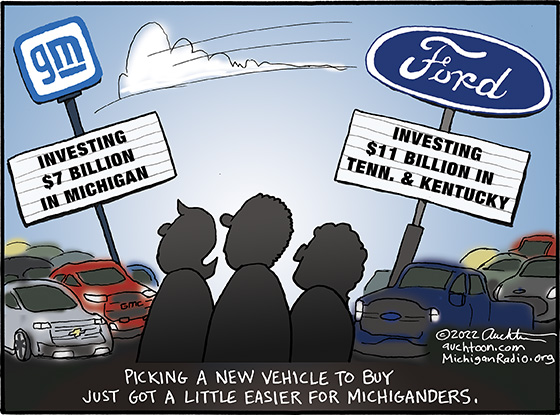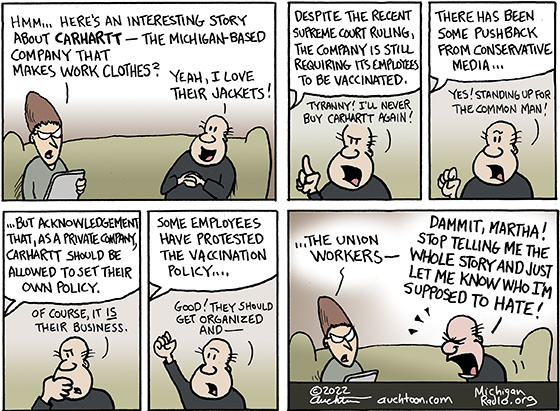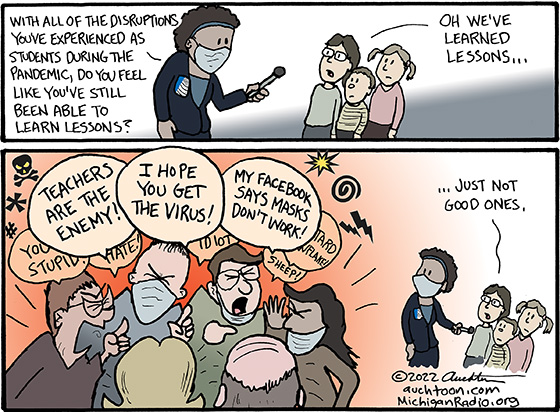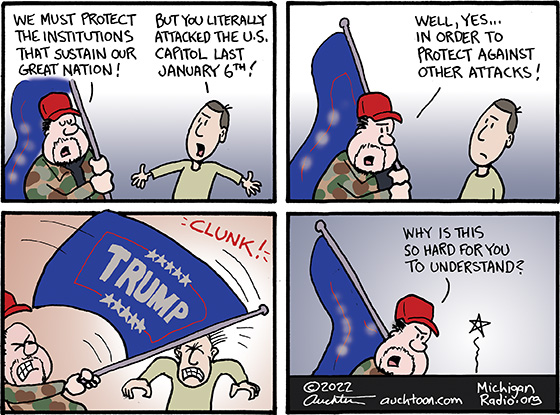Picking a New Vehicle Just Got Easier…

It is, of course, quite an understatement to say that the automotive industry is not what it once was in Michigan. But it still has an oversized influence on both our economy and our identity.
I was listening to an episode of the “Armchair Expert” podcast with Dax Shepard and Monica Padman. Documentary filmmaker, author, and activist Michael Moore was the guest. Say what you will about Moore, but he is undeniably a Michigander. Shepard was also born and raised here (as well as his wife, Kristen Bell), so a lot of the episode was very inside baseball. I don’t know how enjoyable it was for somebody not from Michigan, but I thought it was great — GM proving grounds, Kellogg’s, St Andrews Hall, Huntington Woods — yeah, I know what you’re talking about.
So when I saw the news this week about the General Motors plan to invest $7 billion in Michigan (with Ford having announced a couple months ago their intentions to invest in Tennessee and Kentucky), I was inspired. Only somebody from Michigan would truly understand the GM/Ford rivalry. Again, not what it once was, but it is in our Michigander DNA.
And, sure, GM isn’t necessarily more loyal to our state than Ford — both are big businesses most heavily influenced by where the tax breaks and government incentives are plentiful. But it was good news about automotive jobs, which (like a summer day on a lake UpNorth) just naturally makes us feel good.




